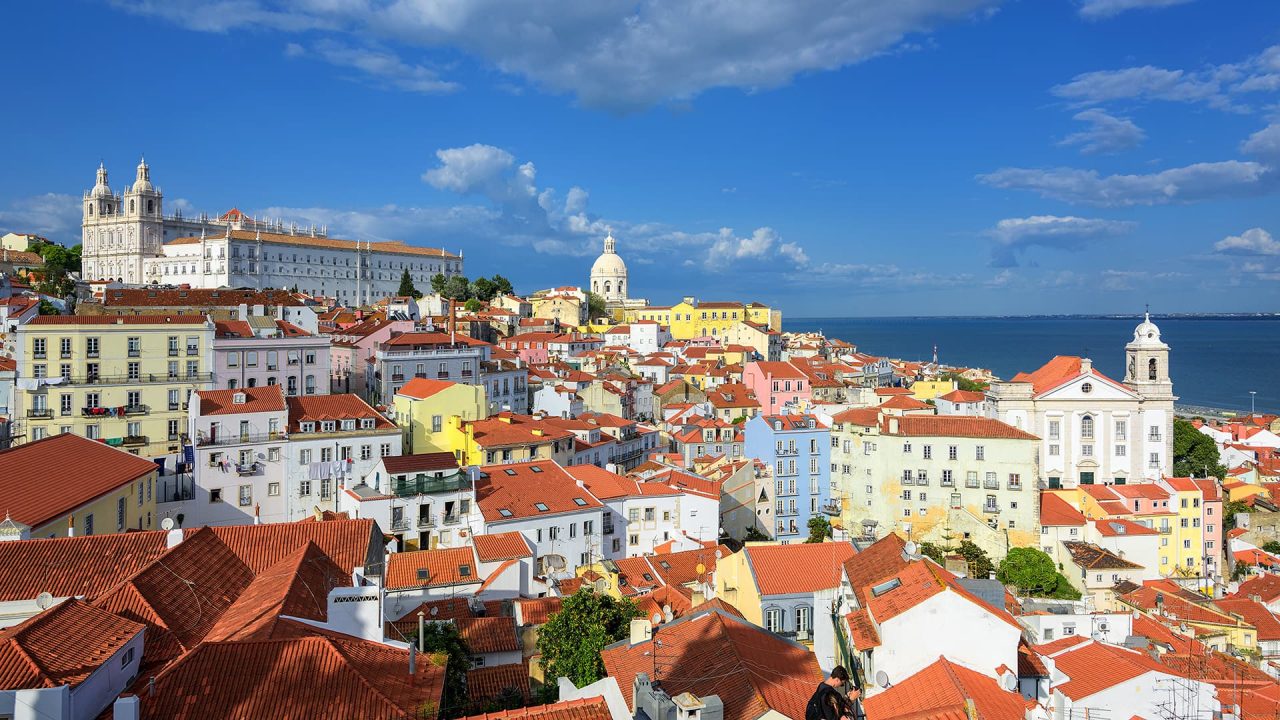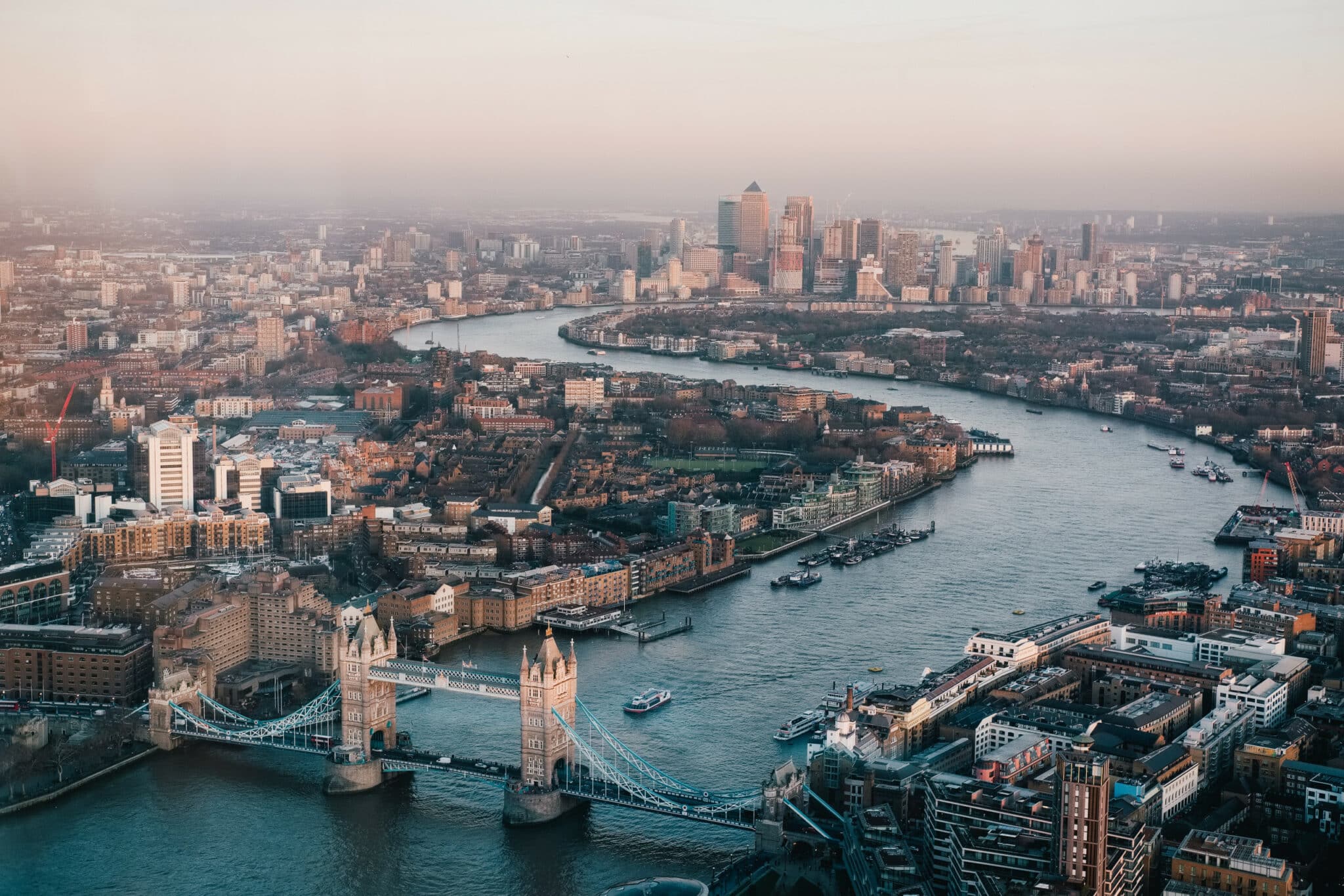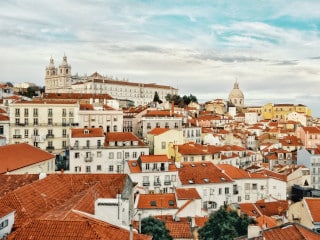Olá, ladies and gents! Here, you can find some interesting and perhaps surprising facts about Lisbon, Portugal. Stick around for some fun facts about Portugal’s sunny imperial capital.
Facts about Lisbon that may surprise you
Already covered
If you having been reading our other stories, you probably already know some facts about Lisbon. In short, since Lisbon is the capital city of Portugal, some facts about Lisbon are intertwined with facts about Portugal. With that said we are going to skip these facts for this article:
- Lisbon is older than Rome;
- The city has seven hills;
- Lisbon was founded by Ulysses;
- The earthquake of 1755;
- Pastel de Belém; the secret pastry;
- Fado in Lisbon.
For fresh facts about Lisbon, keep scrolling.
The hidden secrets
So here’s the secret: A long time ago, wait. . . Back in 1755, the big earthquake hit Lisbon, remember? And the tsunami that followed? Well, it did not only erase memories or destroy lives, it also revealed history! That’s right, for example, the Roman Galleries were found while Lisbon was being rebuilt. There is good news and bad news about this. You want the good news first, right? The good news is that we’re not going to burden you with all the history of Portugal and theories about this discovery but we will just say this: It is a rare and wonderful experience to visit this hidden world under the streets of Lisbon which has over 2,000 years of history! So, now the bad news. Unfortunately, these ruins are only open for three days each year and you have to follow the Museum of Lisbon website or the municipal company of the EGEAC to know when these days will be, so it may be difficult to book a visit.
The switch
In Rossio (or Dom Pedro IV’s Square), you can gaze upon the statue of Portugal’s 28th king. Actually, his grace was also the first emperor of Brazil. This statue, inaugurated in 1870, was built with the stuff of myths, urban myths to be more precise! There was a rumour circling around that Dom Pedro’s statue was actually the statue of Emperor Maximilian of Mexico. How about that? The background for this theory is that since Maximilian was executed in 1897, shortly before the completion of the statue, it was reused to depict Dom Pedro, explaining the likeness between the two. Although you may actually see some likeness, this myth was refuted by several Portuguese historians.
Europe’s longest bridge
The Vasco da Gama bridge, just north of Lisbon city which crosses the Tagus River, was Europe’s longest bridge until 2018 when it was surpassed by the Crimea Bridge. It was completed in 1998 (the same year as Expo ’98) and is 12.3 km (7.6 miles) in length. At its inauguration, a Guinness World Record was broken for something very Portuguese. Brace yourselves. The record was for the world’s biggest bean stew (“feijoada”) that was served to 15,000 people on a 5 km (3.1 miles) table. Yes, Portugal did that! On a more serious note, the bridge was named after the explorer, Vasco da Gama, in commemoration of the 500th anniversary of his arrival in India. Maybe a fitting tribute to Portugal’s bravest!
The golden gate
The 25th April (“25 de Abril”) bridge is visible from almost every part of Lisbon. It was built very high and its red colour and steel skeleton make it quite hard to look away. The bridge is often compared to the Golden Gate bridge in San Francisco. It is possible to cross the bridge by car or train. If you take the train at sunrise or at sunset you get a spectacular view of the city. At sunset, you can watch both the Tagus and the sun melting into the ocean. Prior to 1974, the bridge was named “Ponte Salazar” after the infamous Portuguese dictator. After the revolution on 25 April 1974, the name was changed in honour of this new conquest of freedom.
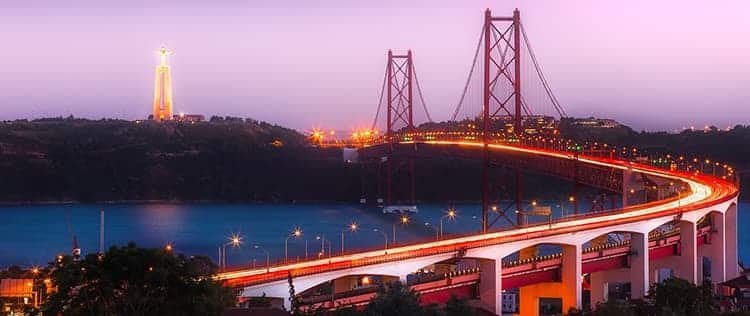
Cristo Rei
If you let your gaze follow the 25 de Abril bridge, you will be faced with a massive statue of Jesus Christ opening his arms towards Lisbon. It is a monument dedicated to the Sacred Heart of Jesus and it was inspired by another colossal statue, somewhere around the world? Can you guess which one? If you said Brazil, you are right. It was inspired by the Cristo Redentor’s statue in Rio de Janeiro, Brazil.
The sun
We are getting the feeling that we are being a bit repetitive about the weather, but it really is great in Portugal! Lisbon has about 3,000 hours of sunlight every year. This you can enjoy for free!
Of books and bookstores
The oldest functioning bookstore in the world is in Lisbon. It is called Bertrand and the store has survived the test of time and the earthquake! Since the day it opened its doors in 1732, in Chiado (downtown Lisbon), it never stopped selling books. This bookstore is the proud owner of a Guinness World Record certificate. Can you imagine all the lives transformed by every precious bit of experience and knowledge that crossed those doors? Lisbon is also home to Portugal’s smallest bookstore (allegedly). Although this is probably not true, it is a very small bookstore indeed. “Livraria do Simão”, also located in Lisbon’s downtown (Escadinhas de São Cristóvão, number 18) offers a selection of about 4,000 volumes. The funny thing is that it is so small that for you to step in, the bookkeeper has to step out. Maybe worth a look?
Guinness
Guinness recognised the bookstore but what about the other Guinness? It is said that Lisbon was the first city to import Guinness! Yes, the beer!
The flight of the crows
Ravens and crows are the same in Portugal, so, to avoid any confusion, we’ll just call them crows from now on. For all the Game of Thrones fans out there, the heraldic symbol of Lisbon is a crow and the story behind them is legendary.
The legend of Saint Vincent’s crows is a curious one
A long time ago… (here we go) the Moors dominated all of the Iberian Peninsula. The Moors decreed that all of the Christian churches were to be transformed into mosques. During the siege, the body of Saint Vincent, who died in the third century, was taken by boat from Valencia in Spain to northern Spain but the ship was wrecked in the Algarve, Portugal along the way. The survivors stayed in the Algarve and hid the Saint’s body to protect it from the invading Moors. In the twelfth century, the founding king of Portugal, Don Afonso Henriques, vowed to retrieve the body of Saint Vincent from the Algarve. The problem was he relied on the information provided by an old man, who was responsible for the relics of the saint, to provide the location of the ancient burial site. Discovering the holy remains of Saint Vincent Once the king’s men arrived in the Algarve they could not find Saint Vincent’s remains and the old man had passed away before revealing the exact location of the burial ground. Some years later, when the king finally took back the city of Lisbon from the Moors, he tried to find them again and visited the old temple ruins and discovered two crows supposedly showing him where to dig. The holy remains were subsequently recovered from that spot and the two crows accompanied the boat that carried the saint’s body back to Lisbon. The king therefore made the symbol of the crows part of the heraldry of Lisbon where it remains to this day. To add to the legend, Portuguese coal traders used to travel with a pet crow and all of them were called Vincent in honour of Lisbon’s patron saint. Crazy, right? A town whose symbol is a couple of crows, with a bunch of crows named Vincent hanging around dark alleys and steep hills. We don’t really know whether to find this very amusing or very spooky.
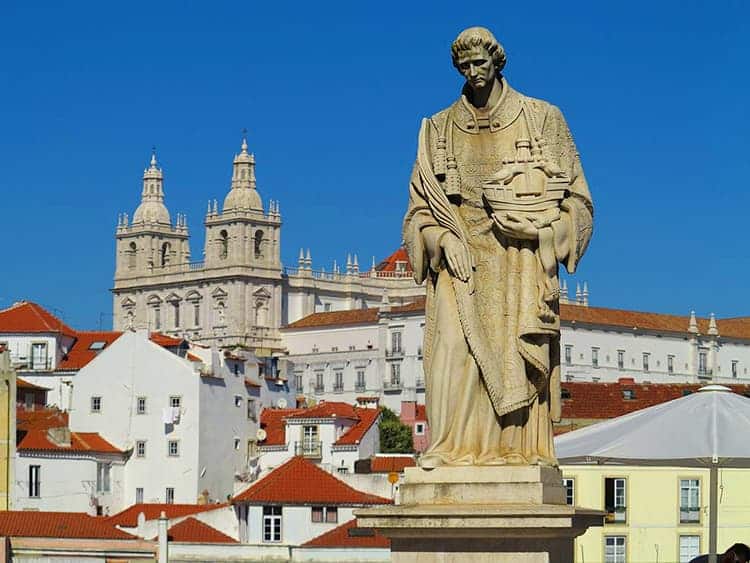
Did you learn something new about Lisbon? Do you have any experiences to share? Feel free to leave a comment below.We publish new content every day so be sure to subscribe to our newsletter to get notified of the latest tips for your visit or move to Portugal.You might also be interested in:Top 15 Museums in Lisbon: For Lovers of History and ArtTravel with a Local Expert on Our Top 5 Lisbon ToursTop 10 Monuments in Lisbon, the Best Tips from a LocalThe True Hipster Guide to Lisbon for Today, Tomorrow and the Day After

